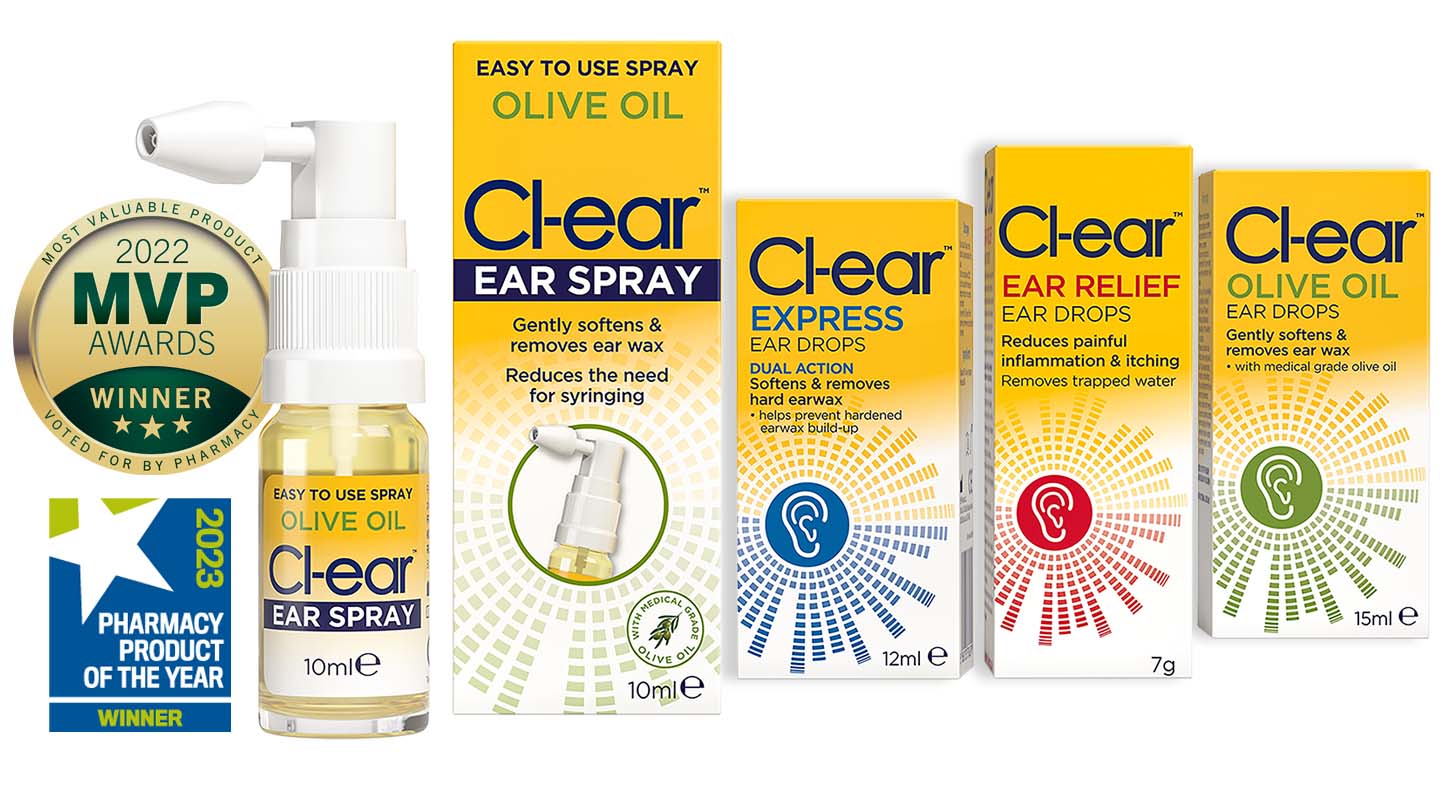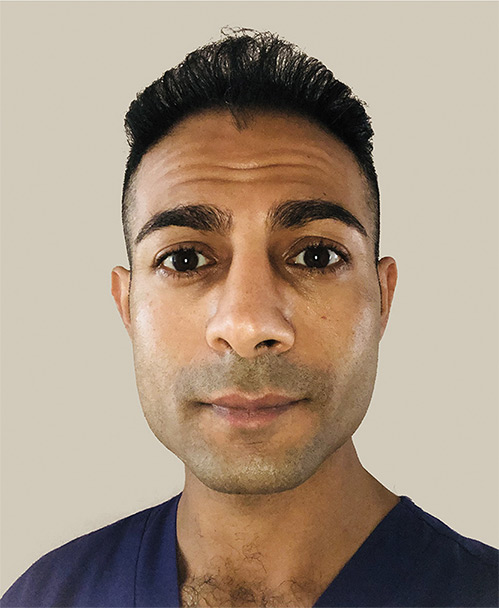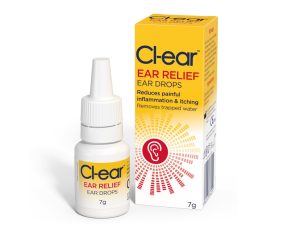
Focus on the Ear Bud Generation Mr Neel Raithatha Consultant Audiologist BSc (Hons), RHAD, MSHA
Recent research from Cl-ear™ has revealed that 38% of us use ear buds for at least an hour a day, and that number rises to 58% in the 25-34 year old bracket. Ear buds are here to stay and although there are many different design permutations, it is safe to say that any in-ear device can potentially cause ear health issues such as excess wax build-up, trapped moisture and even infection.
Indeed, a Continuing Education Activity study into Cerumen Impaction Removal (March 2023)¹ stated that:
“Production of cerumen (earwax) is a normal biological process in humans and many other mammals. Cerumen moisturizes the skin of the external auditory canal and protects it from infection, providing a barrier against the intrusion of water, foreign bodies, and even insects and other arthropods. Cerumen is typically expelled from the ear canal spontaneously as a result of normal jaw movement. However, this automatic clearing mechanism fails in specific individuals, and cerumen can become caught and impacted.
“Cerumen impaction can occlude the external auditory canal or press against the tympanic membrane, potentially causing ear fullness, conductive hearing loss, itching, and pain. It is often seen in patients who routinely wear hearing aids or earplugs and those with exostoses or anatomic abnormalities of the external ear canal.”
I am continuing to see an ever growing number of patients for whom the current trend for earbuds is certainly causing issues, blocking the natural migration of earwax and causing infection. In fact, ear bud cleaners to remove earwax are now available to buy, so we know this is potentially an even larger problem.
My clinic’s primary role is earwax removal and I use the Cl-ear Olive Oil Ear Spray as part of the treatment process. I always advise newly trained and qualified ear wax removal specialists to ask their patients to use olive oil ear spray for a few days to a week prior to microsuction; it softens the earwax and makes it so much easier to remove.
I quite often use the spray during treatment on very impacted earwax and it can also be recommended post microsuction, to be used on a weekly, fortnightly or monthly basis to help prevent another earwax build-up and to also help moisture the delicate skin lining the ear canal. It’s a matter of personal preference but my patients tend to much prefer spray to drops for easier application.
Similarly, when a patient presents in pharmacy with suspected earwax, the pharmacist can safely recommend Cl-ear Olive Oil Ear Spray or Drops on the understanding that further treatment, ie microsuction might also be necessary. I am training increasing numbers of pharmacists who are now offering microsuction in their pharmacy.
Earbud patients will sometimes present with pain, itching or inflammation, in which case Cl-ear Ear Relief Ear Drops can be recommended to effectively soothe and reduce ear pain, itching and inflammation of the outer ear canal. These specially formulated drops contain Glycerol, which has a soothing effect and an anti-inflammatory action which reduces swelling in the ear canal (by removing water) thus alleviating associated pain, and Lidocaine, a surface anaesthetic to further reduce ear pain. If symptoms persist after 3 days, the patient should see their GP.
To maintain good ear health as an earbud wearer, my general patient advice would be to limit use, clean earbuds regularly and use a wax removal spray such as Cl-ear Olive Oil Ear Spray once a week to assist the natural migration of earwax out of the ear.
Our patient education infographic contains useful information for earbud wearers and you can download it here
¹A Continuing Education Activity Study (NIH)
Cerumen Impaction Removal
Justin O. Sevy; Marc H. Hohman; Anumeha Singh.













